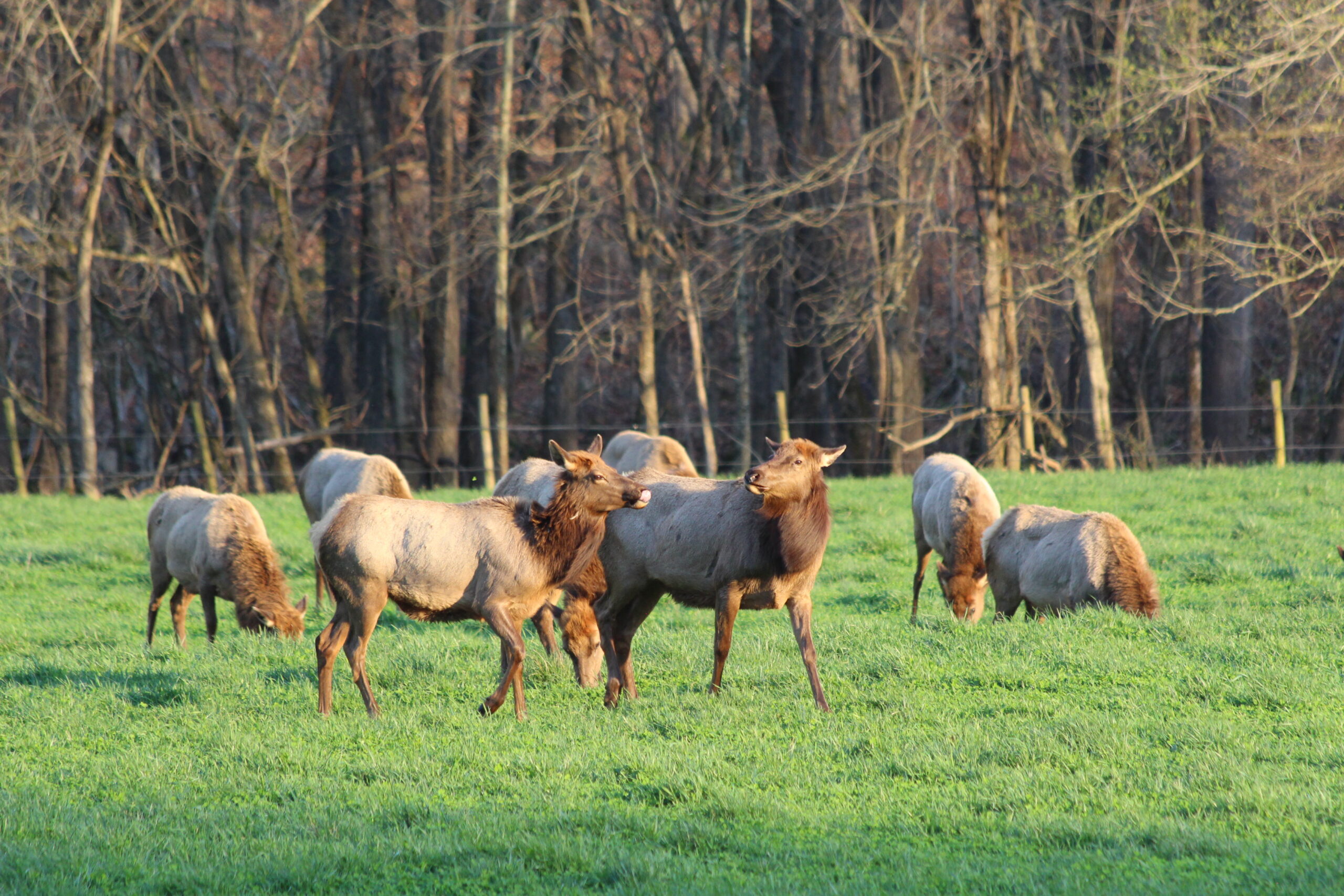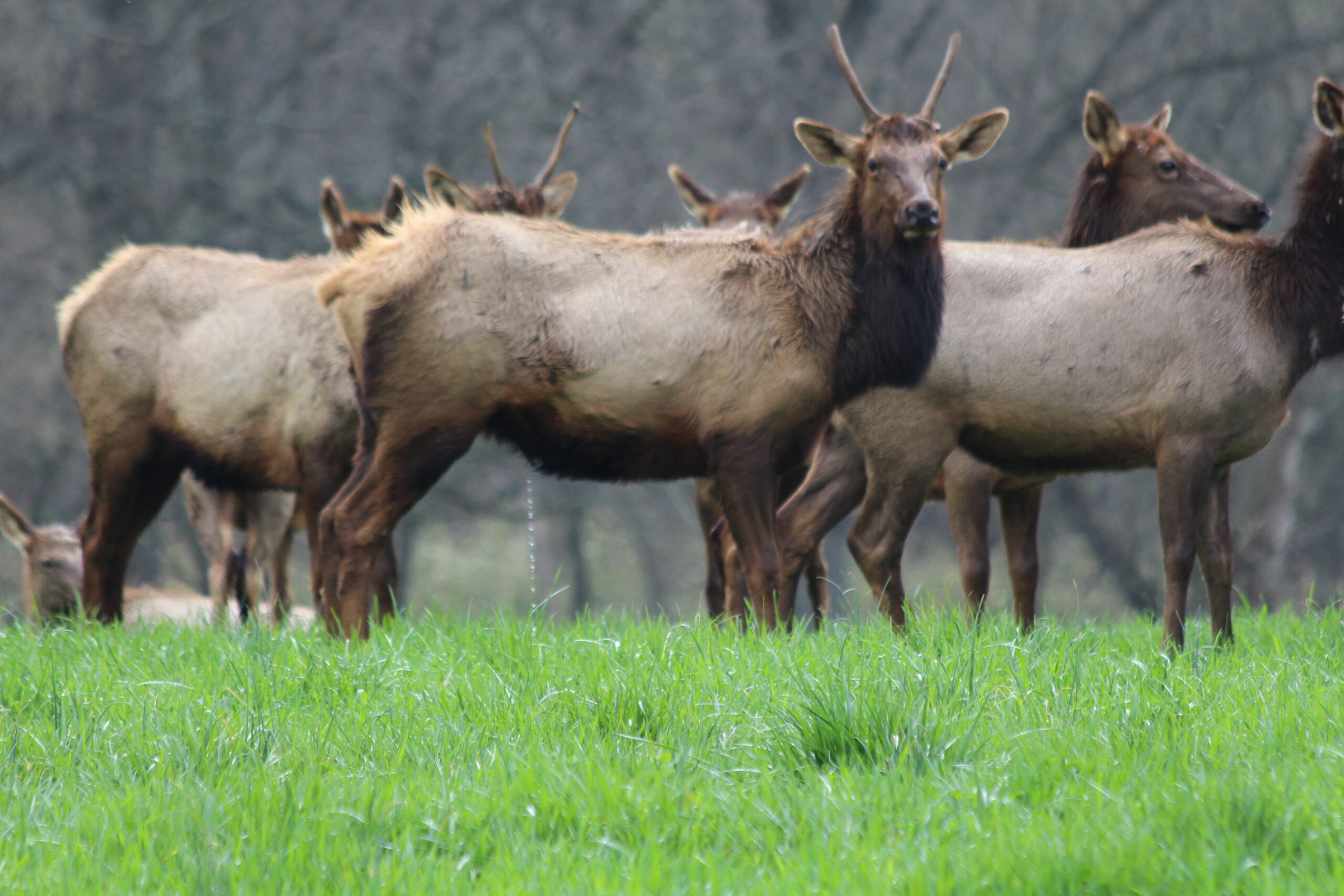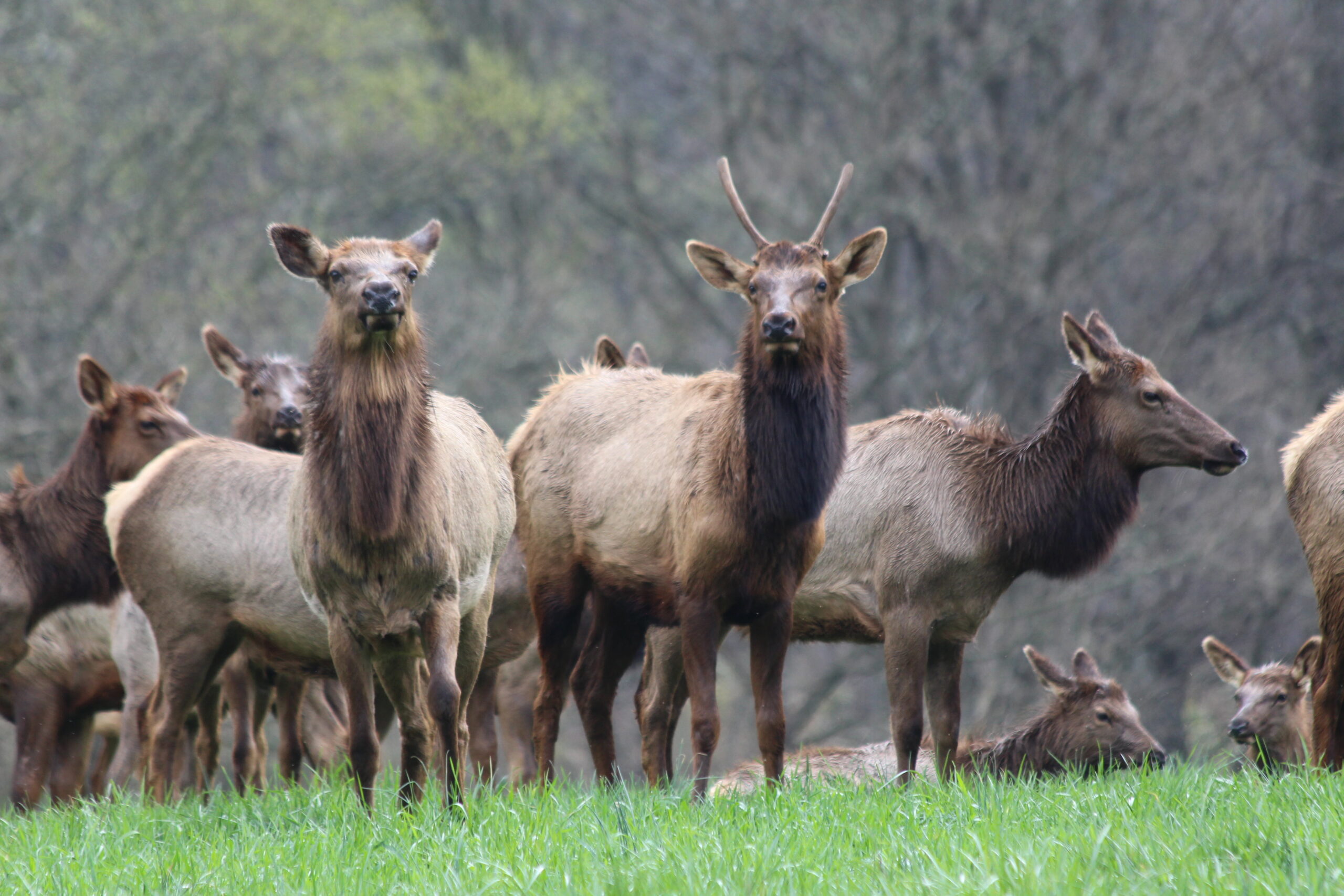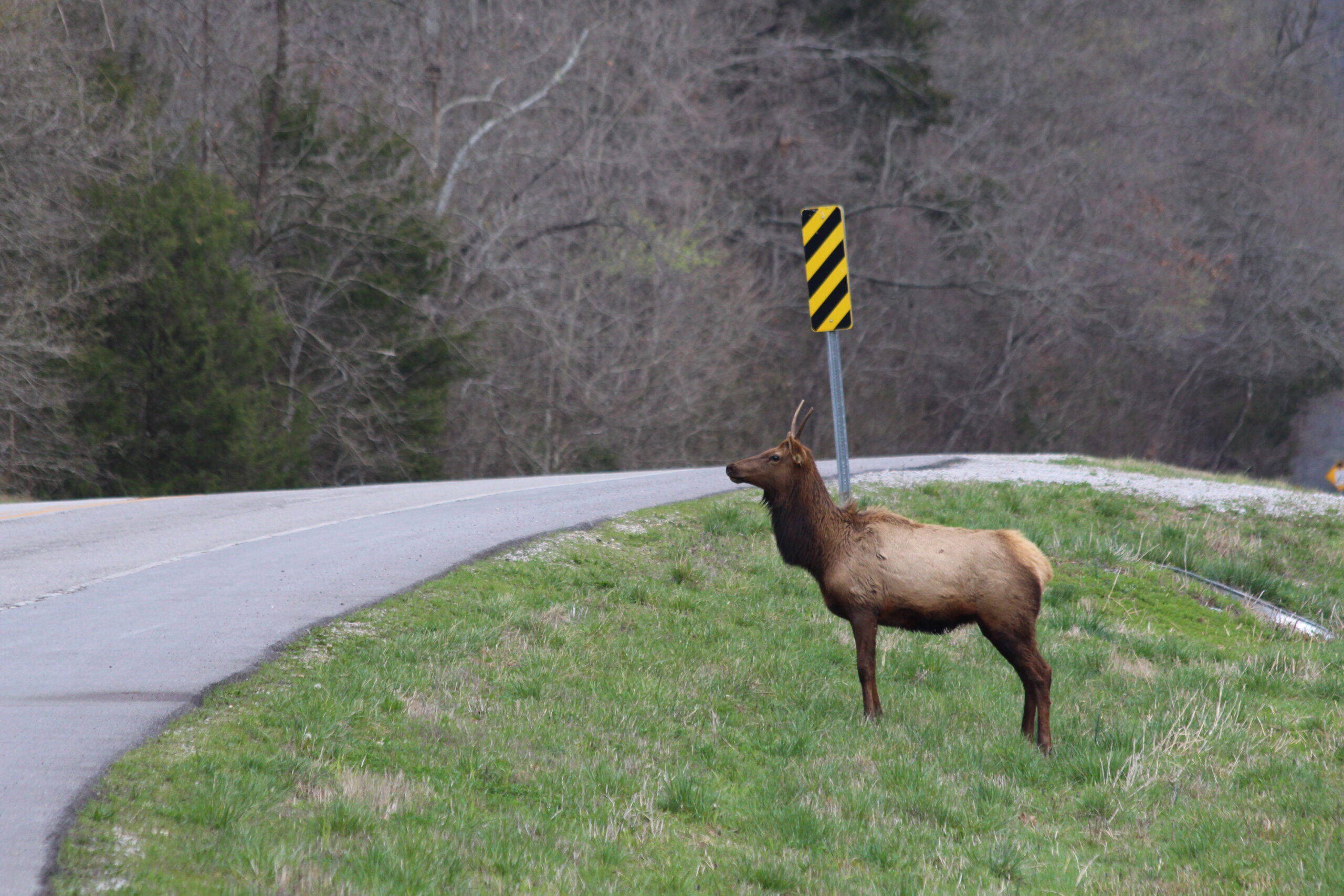Dangers of Elk Watching
Dangers of Elk Watching
Let me start by saying there are two elk herds in Arkansas and ive never heard of an attacks.
- The Buffalo National River Elk Herd: This is one of the most well-known elk herds in Arkansas and is located in the northern part of the state, particularly around the Buffalo National River area. The herd was reintroduced to the region in the 1980s as part of an elk restoration program and has been thriving since then. You can see this heard almost all year long in the Boxely Valley.
- And The Ouachita National Forest Elk Herd: The second elk herd in Arkansas is located in the Ouachita Mountains, primarily within the Ouachita National Forest.
- Elk are large, an adult male elk, known as bulls, can weigh up to 700 pounds and stand over 5 feet tall at the shoulder.
- The timing of antler growth and antler shedding in Elk is regulated by the hormones in their blood. In turn, the hormone level in a bull elk’s blood is tightly correlated with the ratio of light to darkness within a 24-hour period or, in other words, the photoperiod. These male elk have large antlers, which they use for sparring from mid-September through mid-October or during the mating season or rut. While these antlers and the sparring make it exciting to watch during this time, they can cause significant harm if an elk decides to charge or attack a person.
- Elk are protective of their territory and young. If they perceive any threat to their offspring or themselves, they may react aggressively to defend their space. They have elk caves from late May into early June and that calf will stay with them till a new baby is born. So if you see a baby know the protective mom is close and will protect her baby.
- Despite their large size, elk are surprisingly agile and can run at speeds of up to 40 miles per hour. This makes it challenging for any human to outrun them if they feel threatened and run at you.
- Like any wild animal, elk can exhibit unpredictable behavior, especially if they are injured, stressed, threatened, or feel cornered.
- Elk often inhabits forested areas and mountainous regions crossing the Buffalo River between Boxley and Ponca. This also happens to be one of my favorite floats.
If you notice Grinding teeth or flat ears, they are signs of aggression.
- Stay calm as possible. Sudden movements or loud noises might escalate the situation further.
- Put as much distance as you can between yourself and the elk. Back away slowly without turning your back to the animal, as this might trigger it to pursue you.
- If available, position yourself near a tree, large rock, or any other obstacle that might serve as a barrier between you and the elk. Climbing a tree might not be ideal, as elk are capable climbers, but having an obstacle between you and the elk could give you some protection.
- Do Not Turn Your Back: Never turn and run from an approaching elk. Their natural instincts may trigger a chase response, and they can outrun you easily.
- If the elk continues to approach aggressively, raise your arms and jacket or any other items you have to make yourself look larger.
- Continue to back away slowly while keeping an eye on the elk’s movements. Try to maintain eye contact (This is different from a bear attack) with the animal, as this might discourage it from attacking.
- Shout loudly, clap your hands, or use noise-making devices like an air horn or the hiking whistle we told you to put on everything you own. Loud noises may startle the elk and give you an opportunity to retreat.
- If the elk charges and you are unable to avoid it, use bear spray if you have it, if not, protect your head and neck as best as you can. Use your arms to shield your face and vital areas.
- If the elk knocks you to the ground, curl up into a ball and protect your head and neck. Playing dead might cause the elk to lose interest and move away.
When a Bear Attacks
The good thing about the two dangerous animals in the Arkansas wilderness are you handle them very similarly when feeling threatened. If you find yourself feeling threatened by a black bear while in the wilderness:
- Stay Calm
- Do Not Run
- Back Away Slowly
- Make Yourself Look Bigger
- Avoid Direct Eye Contact (This is different from elk an attack) but dont turn your back to it
- Make Noise
- Use Bear Spray
- Seek Higher Ground
- Play Dead (Last Resort)
Explore with
confidence
Inspiration and guidance for wherever your trail may lead.





